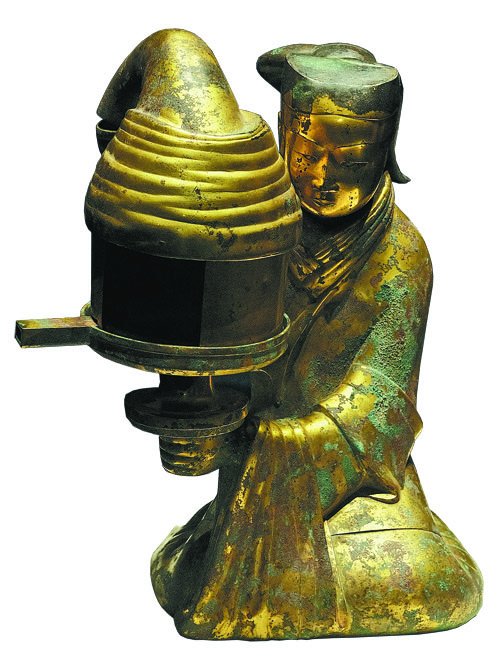

Many renowned Chinese relics were included in the inventory of that global tour, including the famous bronze statue of a galloping horse, the ceramic figurine of a storyteller, and a Changxin Palace Lamp, all from the Han Dynasty (206 BC-AD 220).
The bronze horse, discovered in Gansu province, had only been excavated two years prior to embarking on its global journey. It is now used as the official logo for Chinese tourism.
Xiang Dechun, an expert with Beijing Cultural Heritage Bureau, says that the exhibition showcases the unwavering efforts made by Chinese cultural heritage conservators to promote cultural communication. "It encourages us to create more, and better, overseas exhibitions of Chinese relics to show the evolution of our over-5,000-year-old civilization," he says.
Art Exhibitions China has been the nation's key institution dedicated to organizing exhibitions of Chinese cultural relics overseas, as well as introducing foreign exhibitions to the country. To better record history, it also launched an oral history project, featuring in-depth interviews of scholars participating in that fateful tour half a century ago.
Inspired by the sparkling start in 1973, Chinese cultural heritage conservators and museum operators have been devoted to enhancing cross-cultural communication. More than 400 Chinese exhibitions were taken overseas in the past decade.